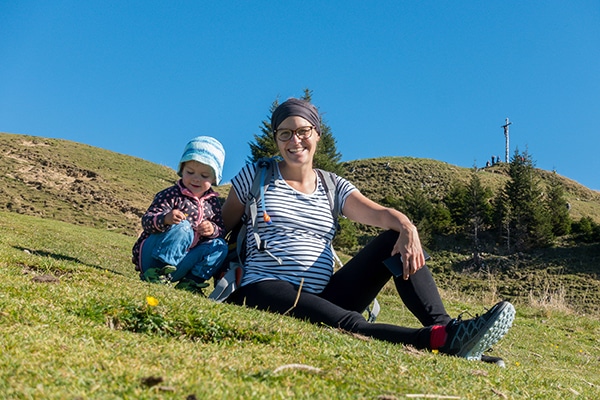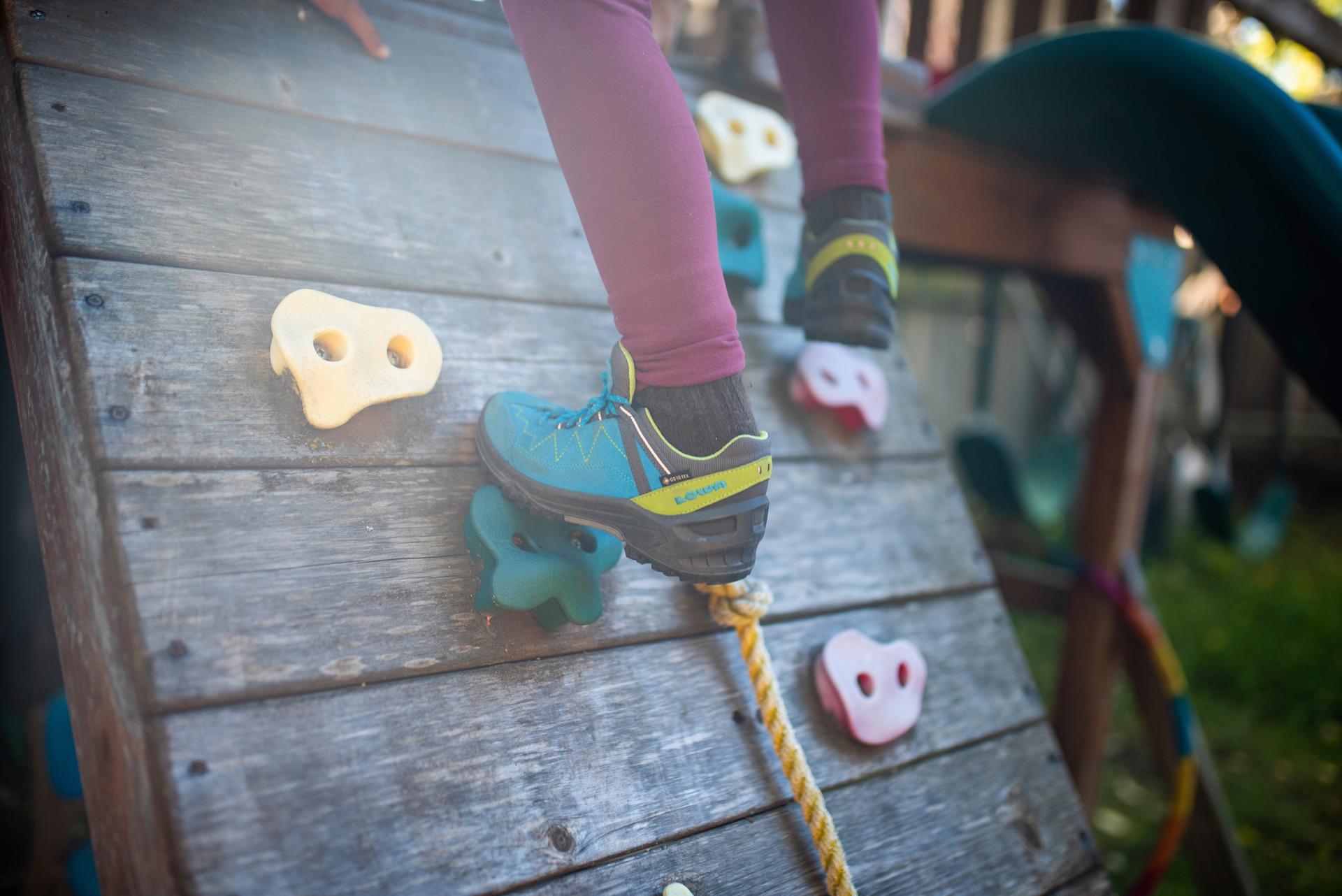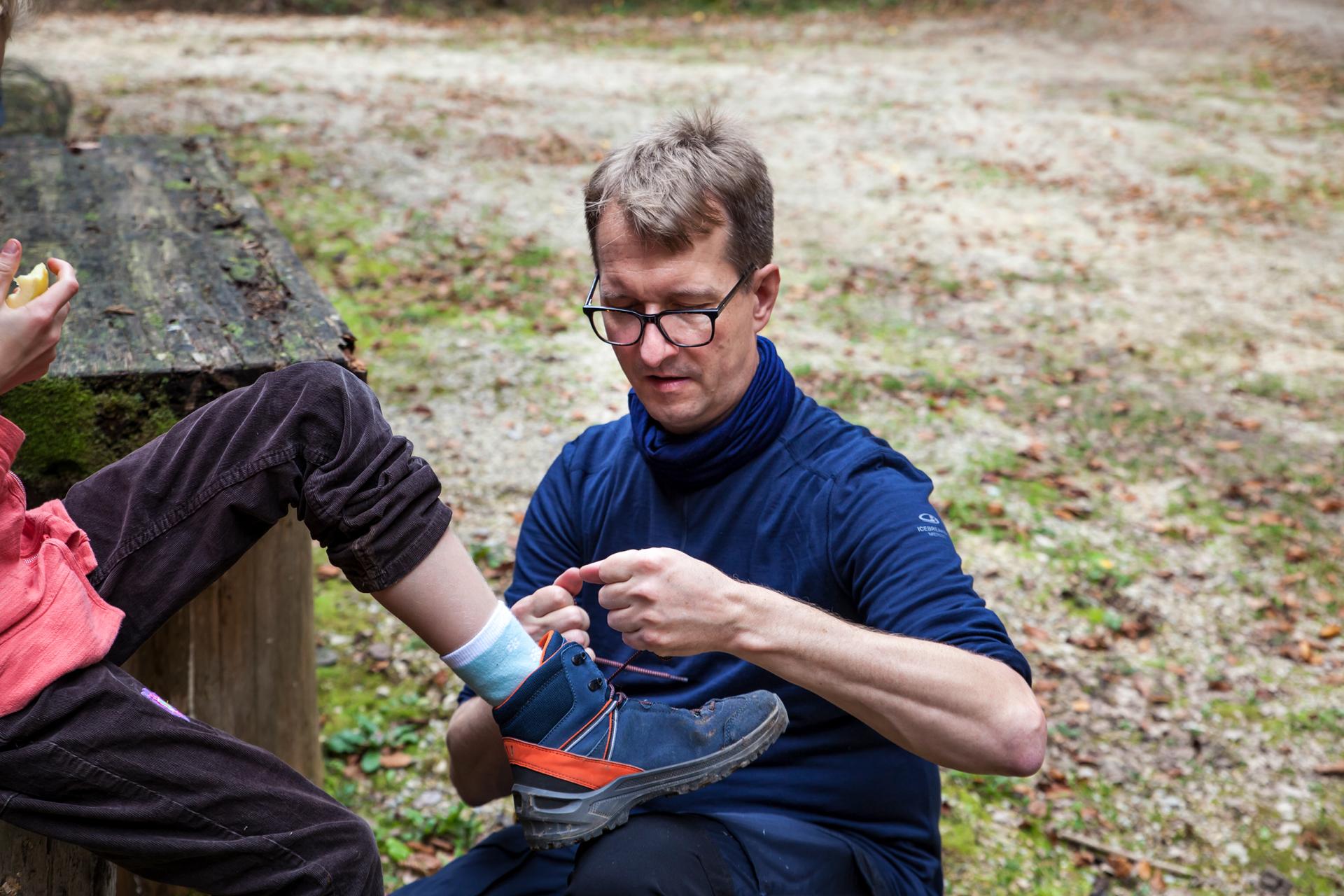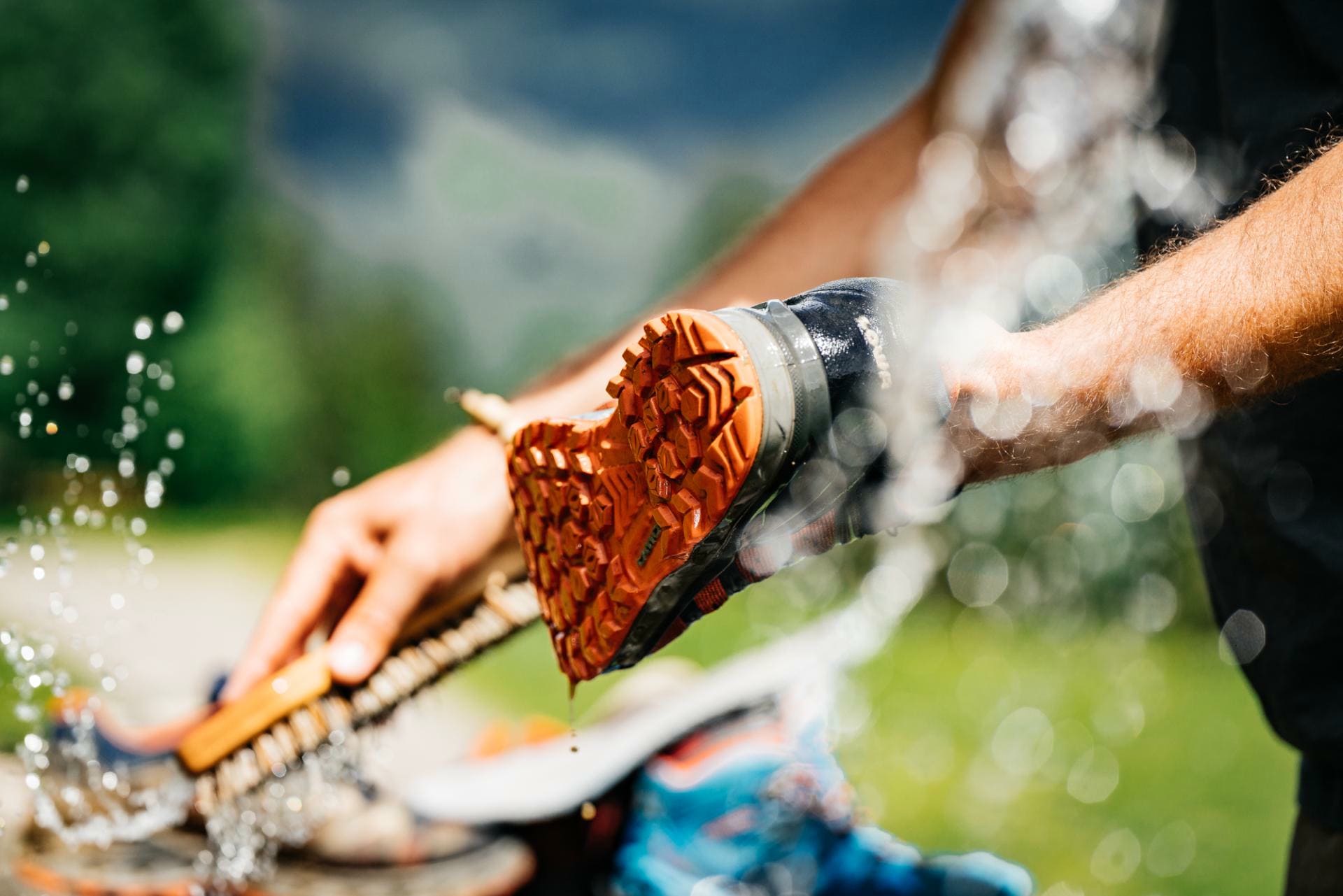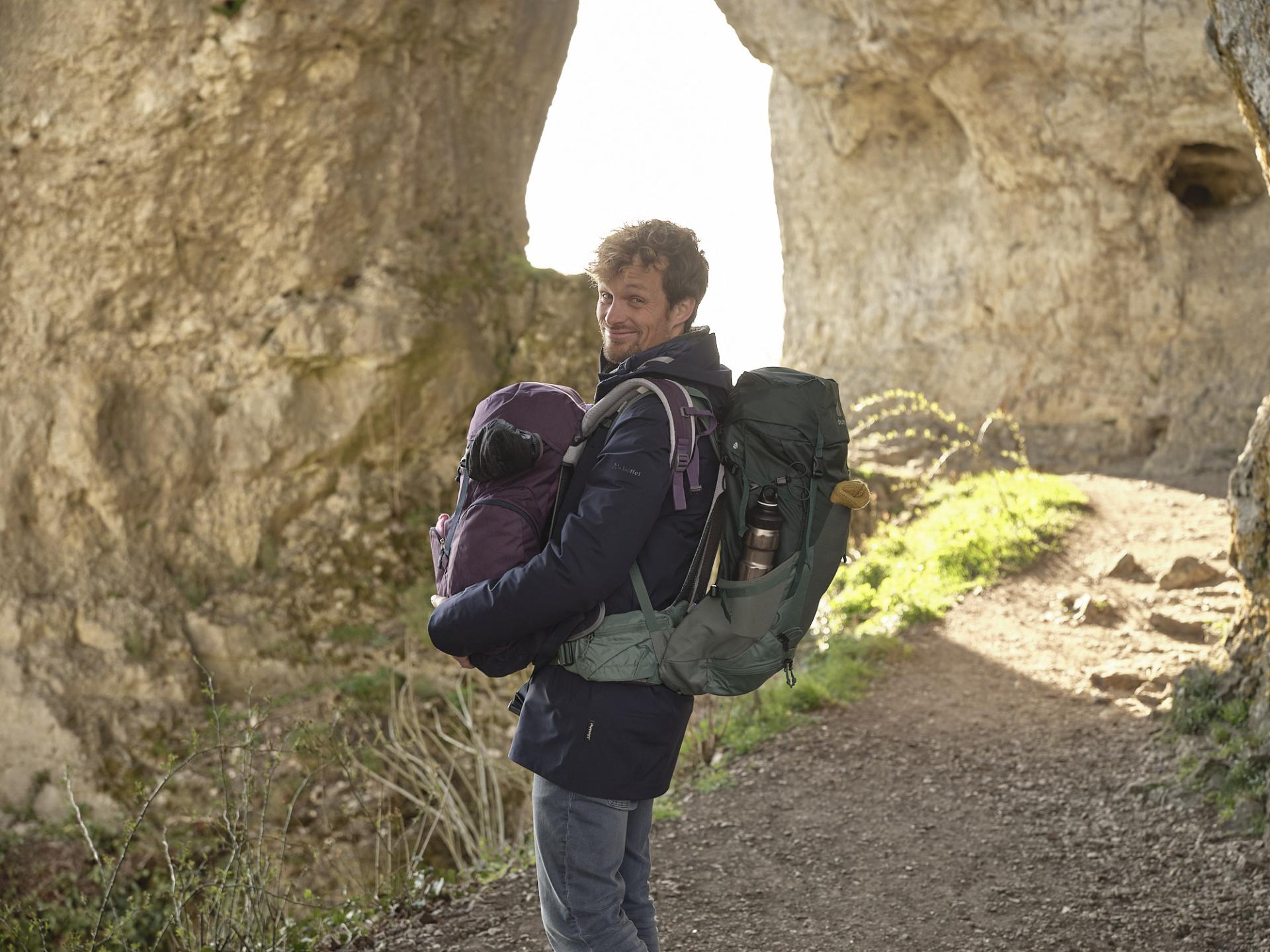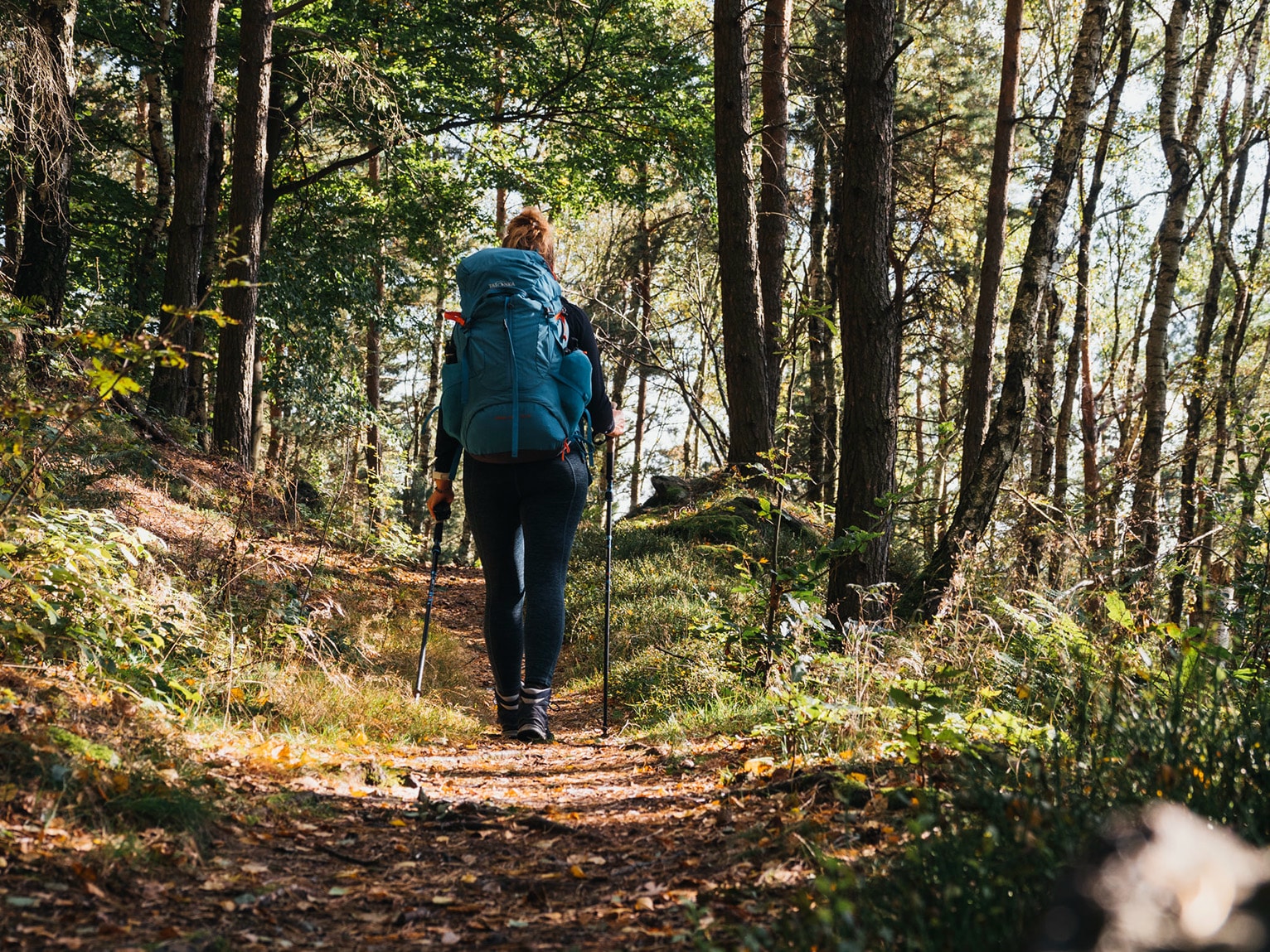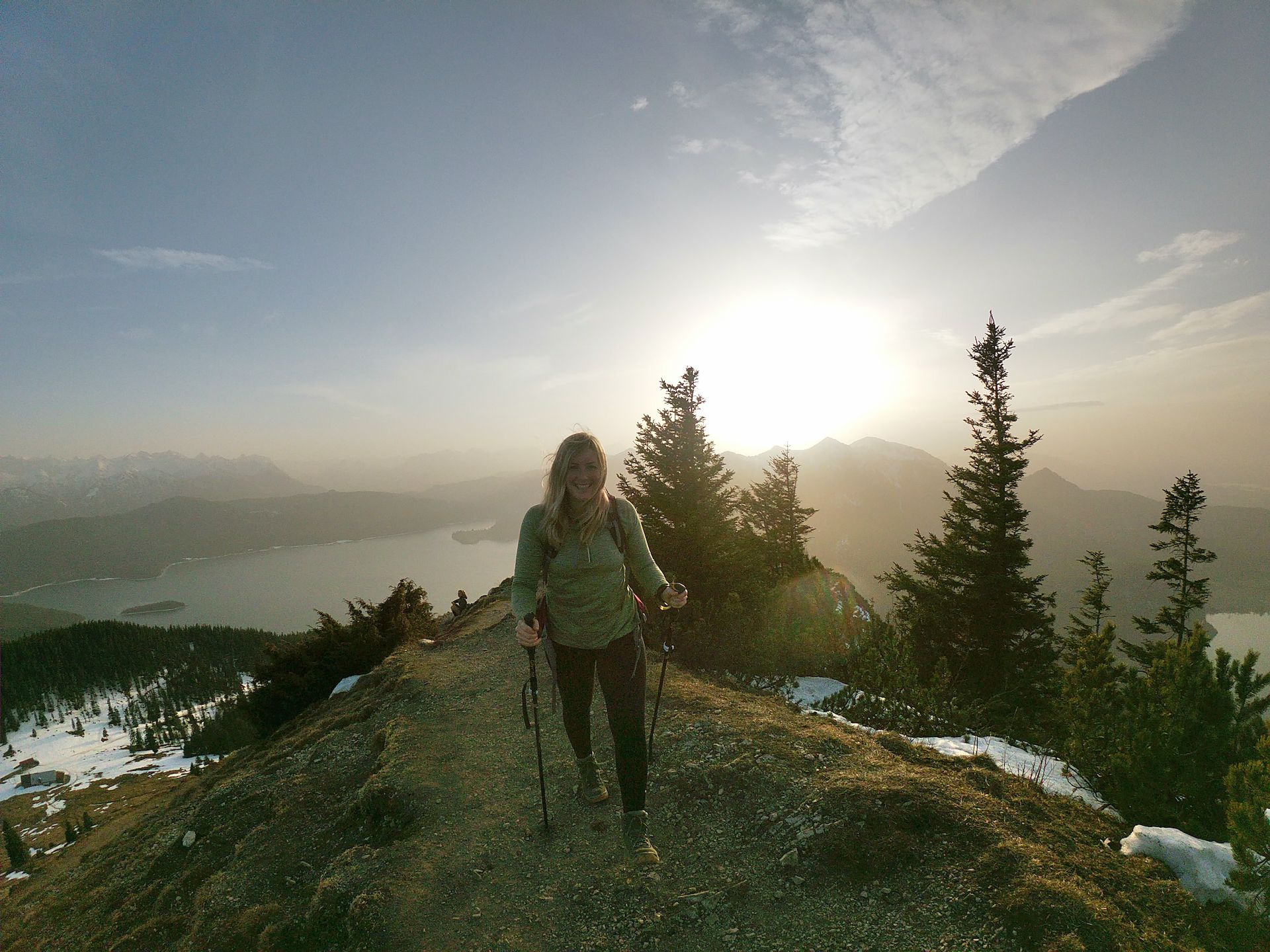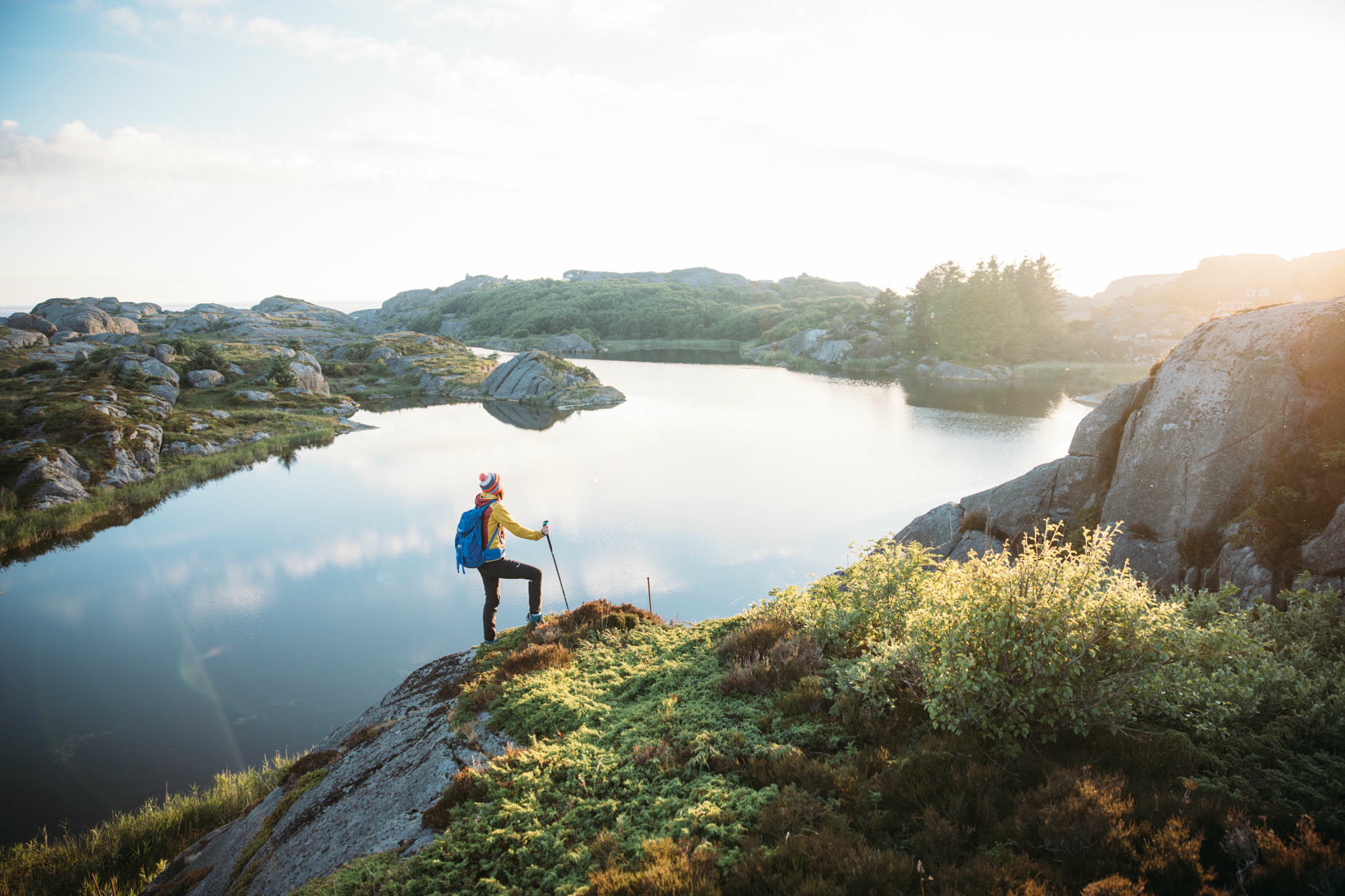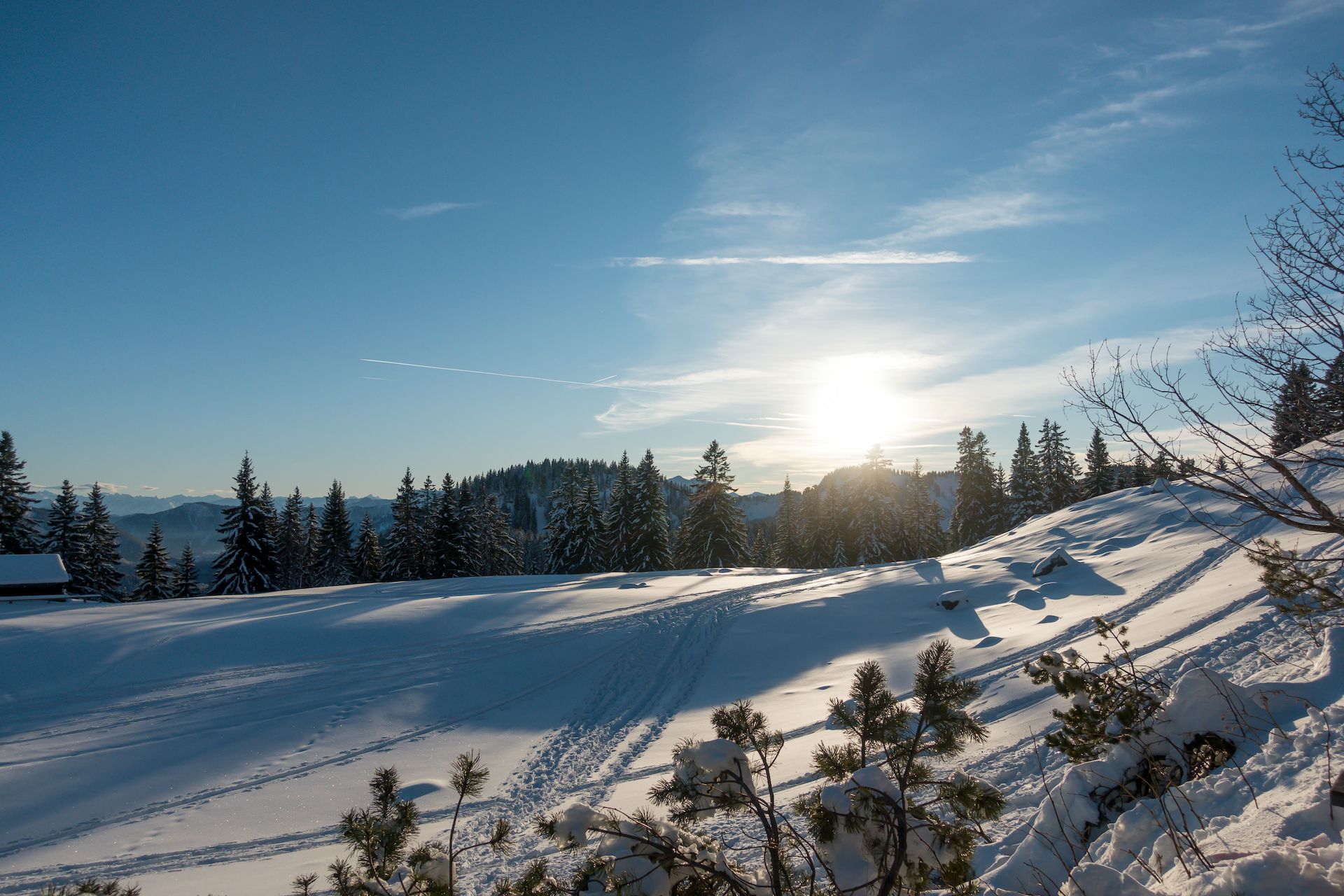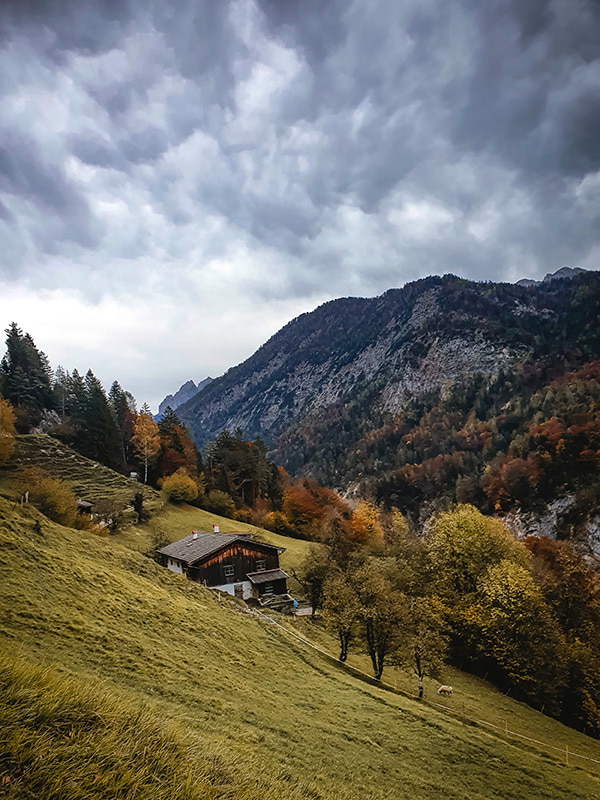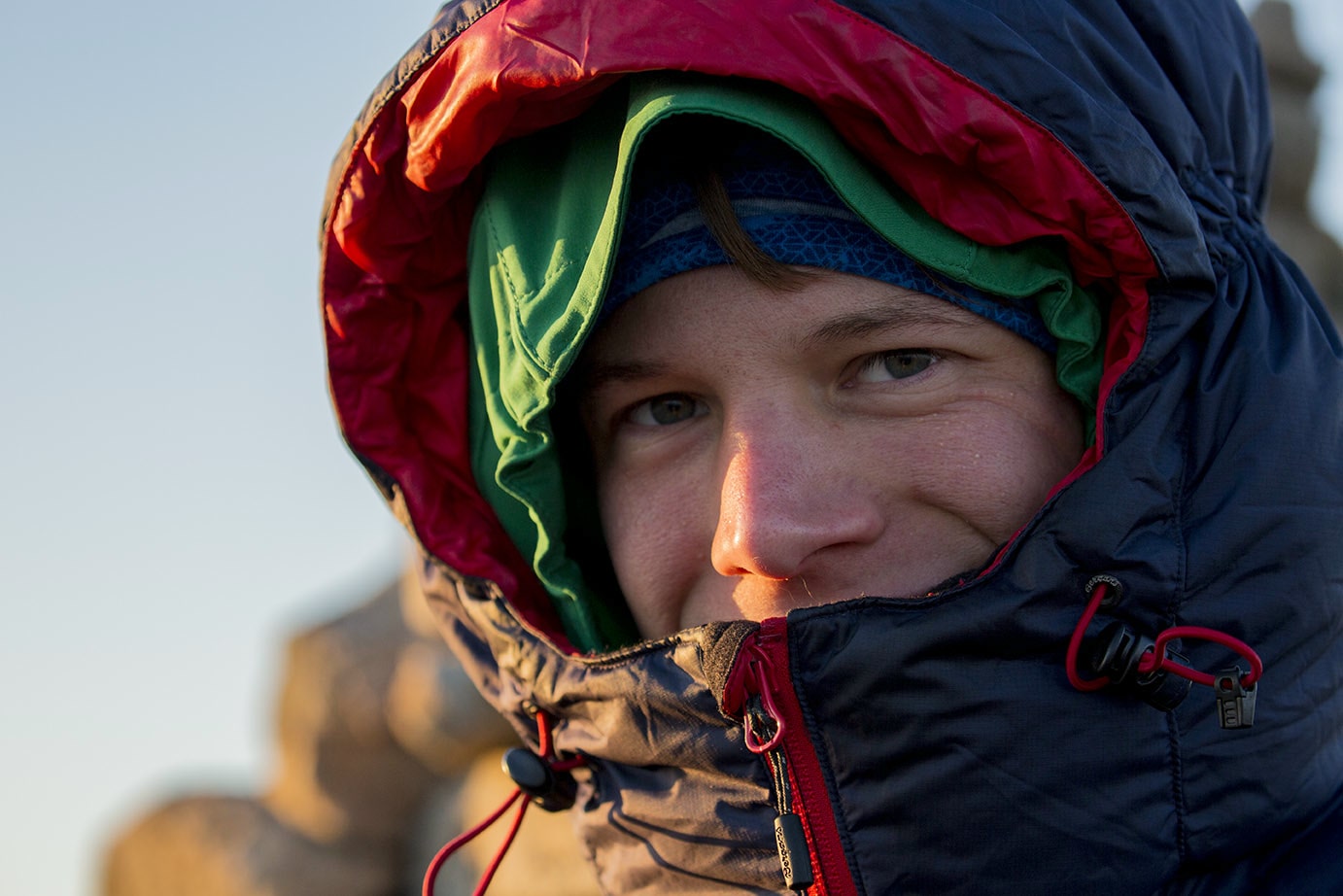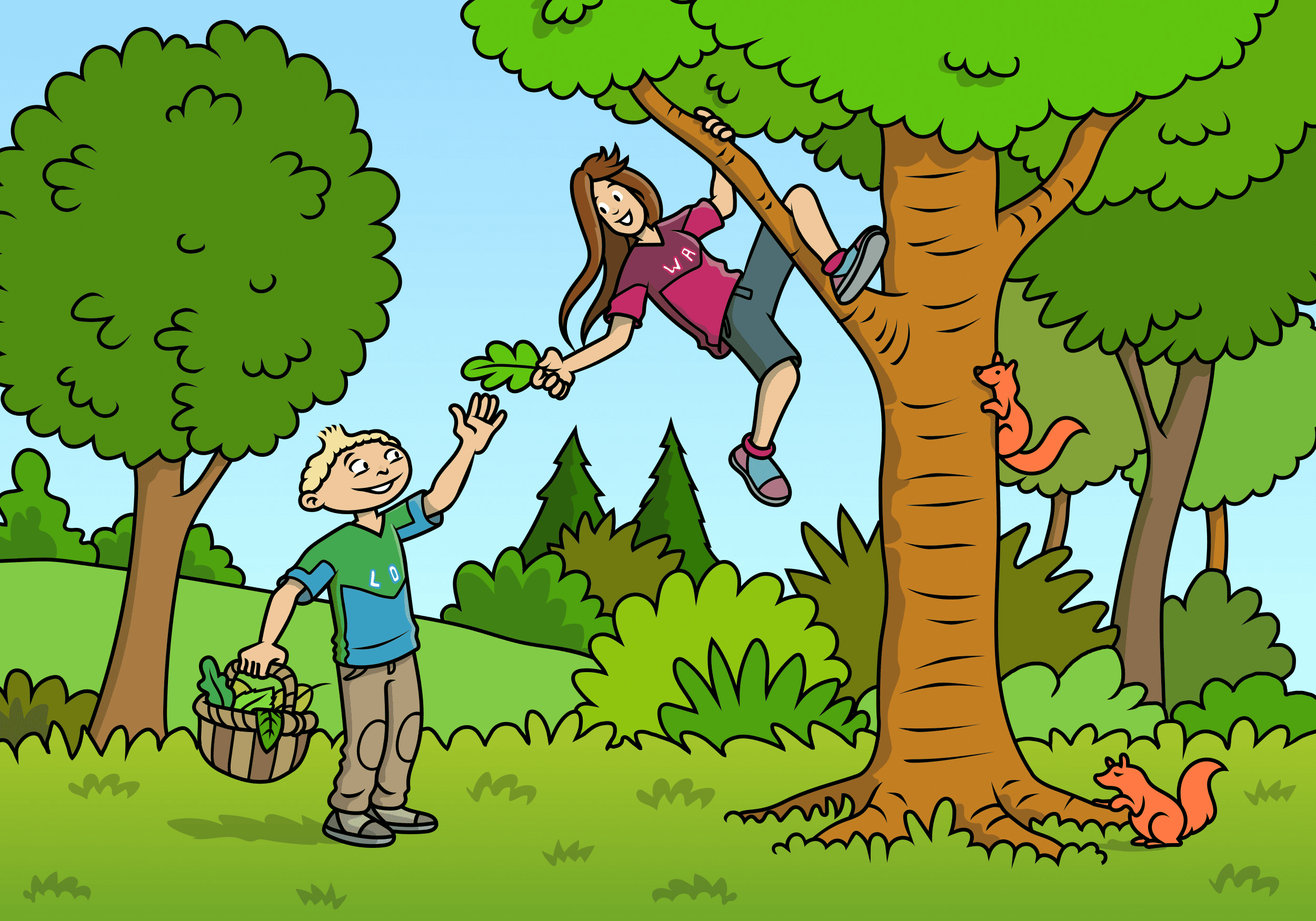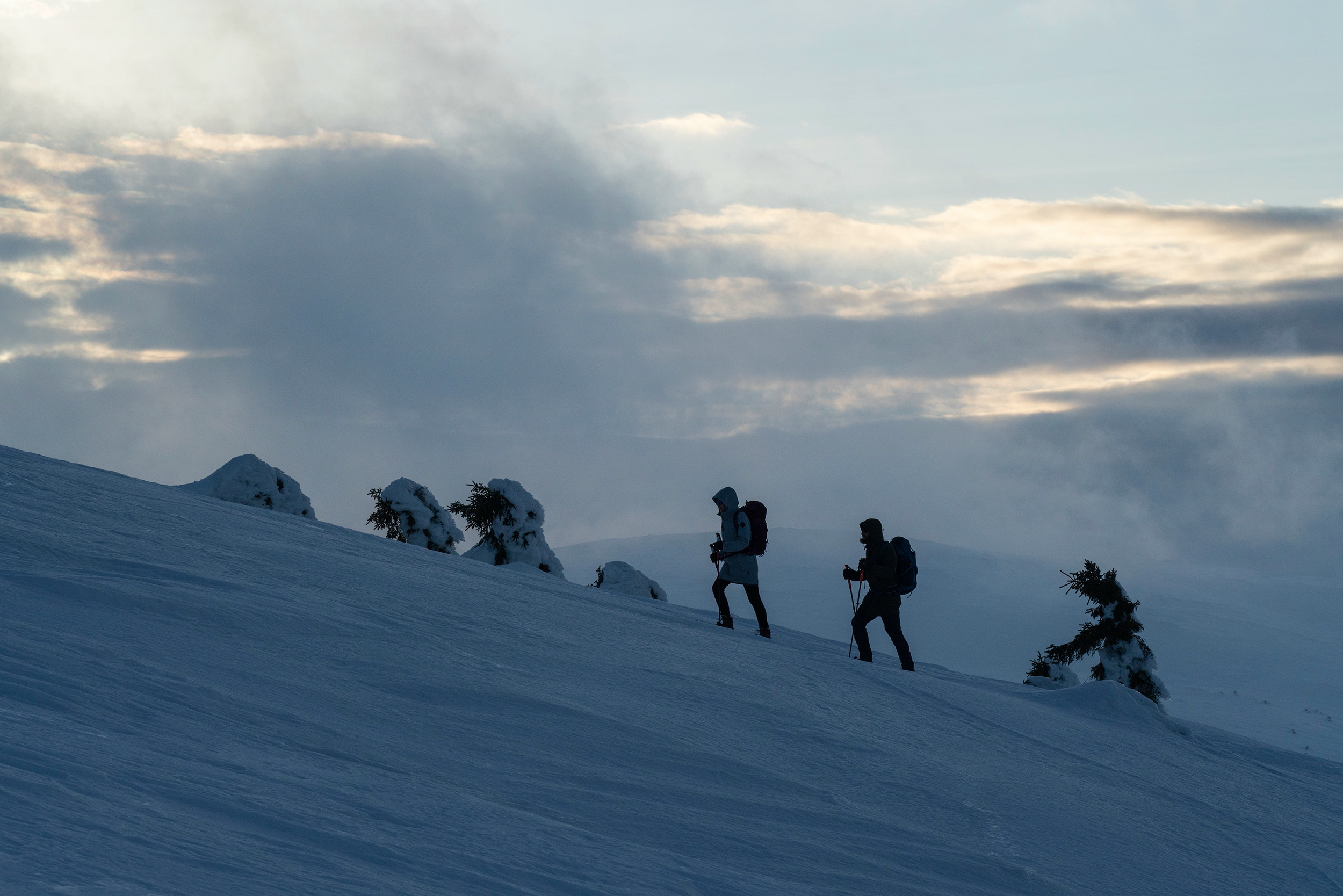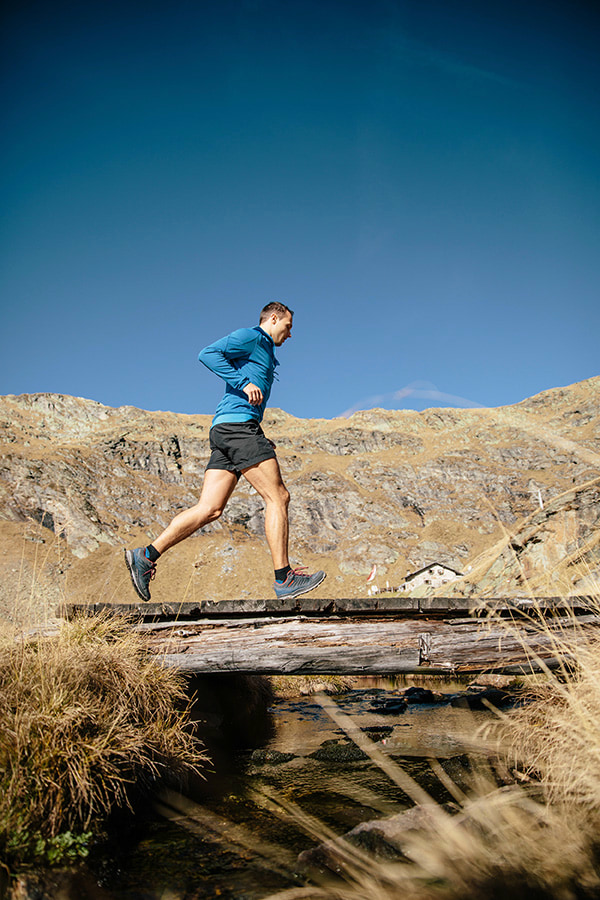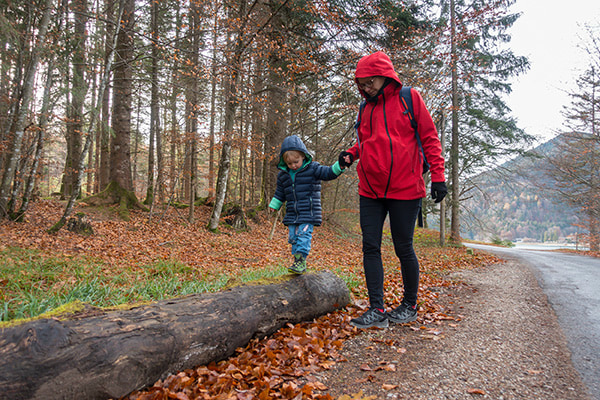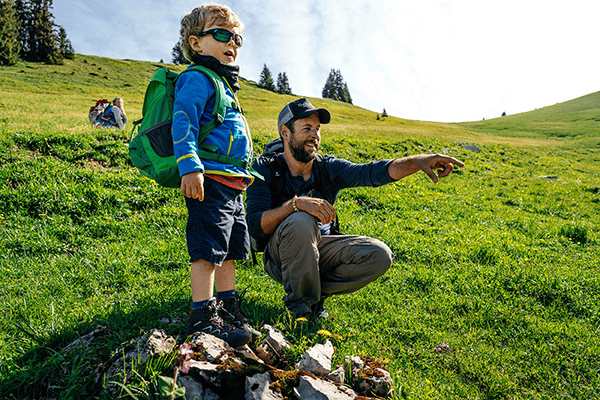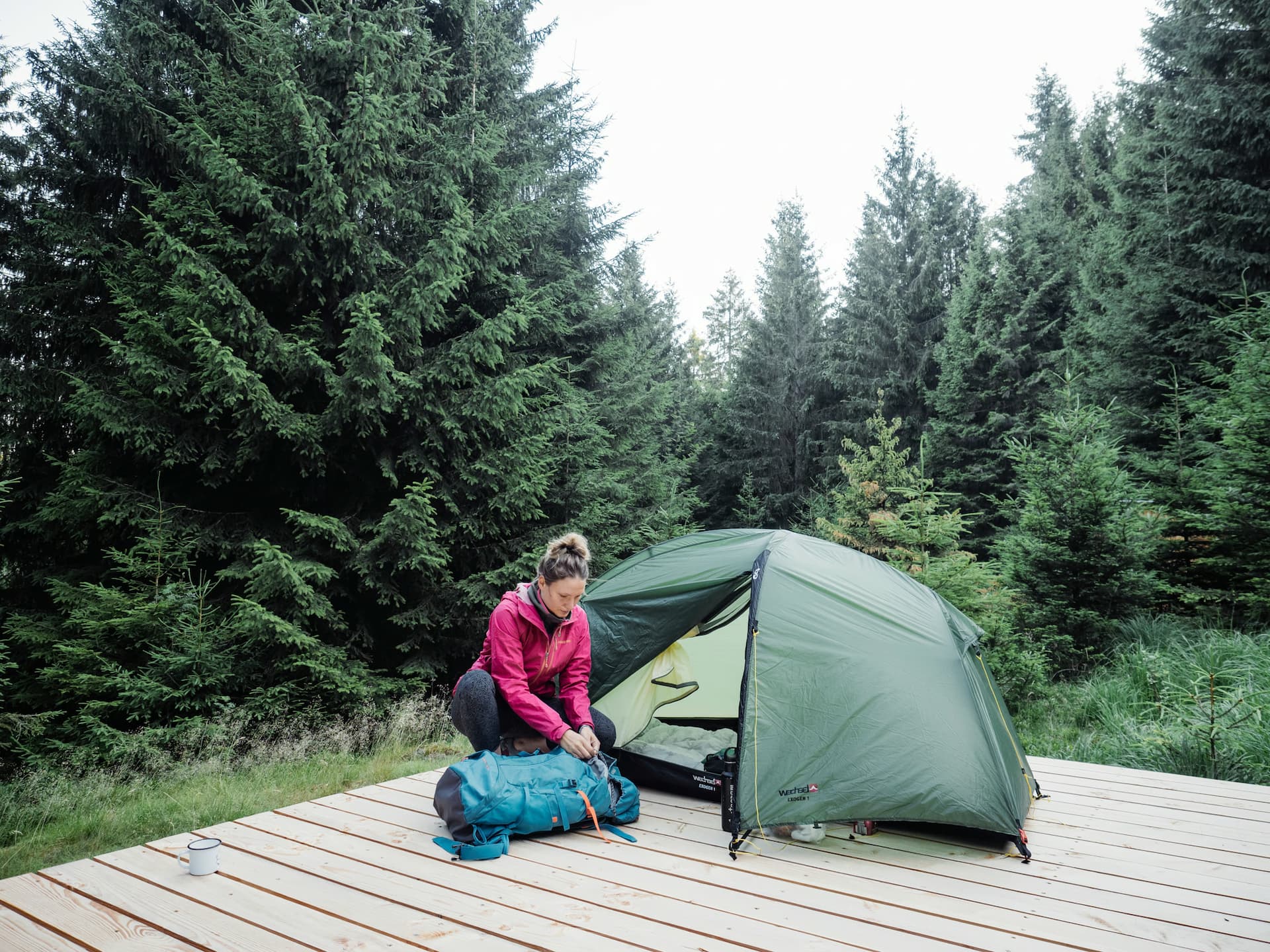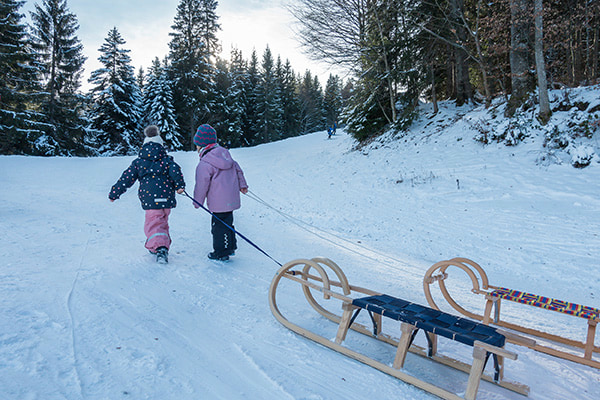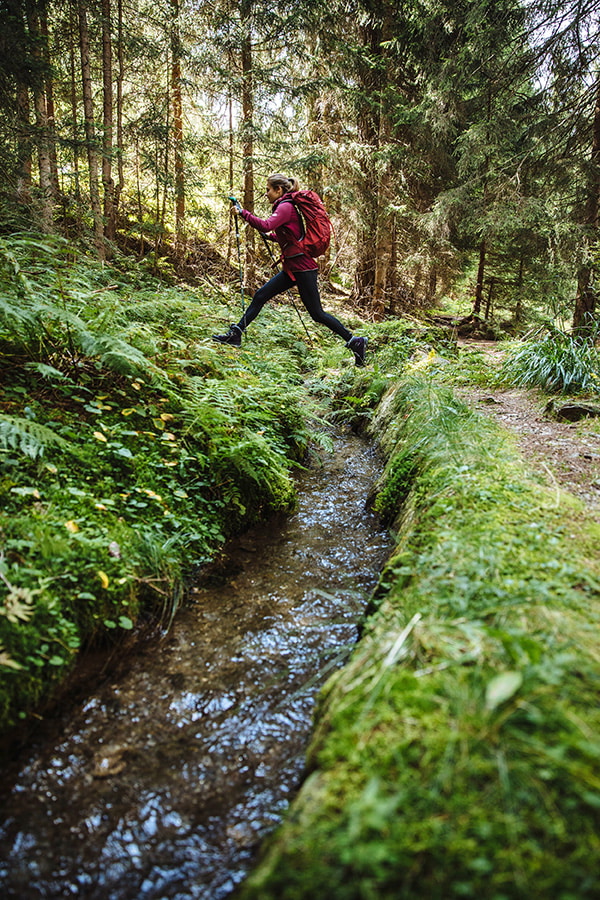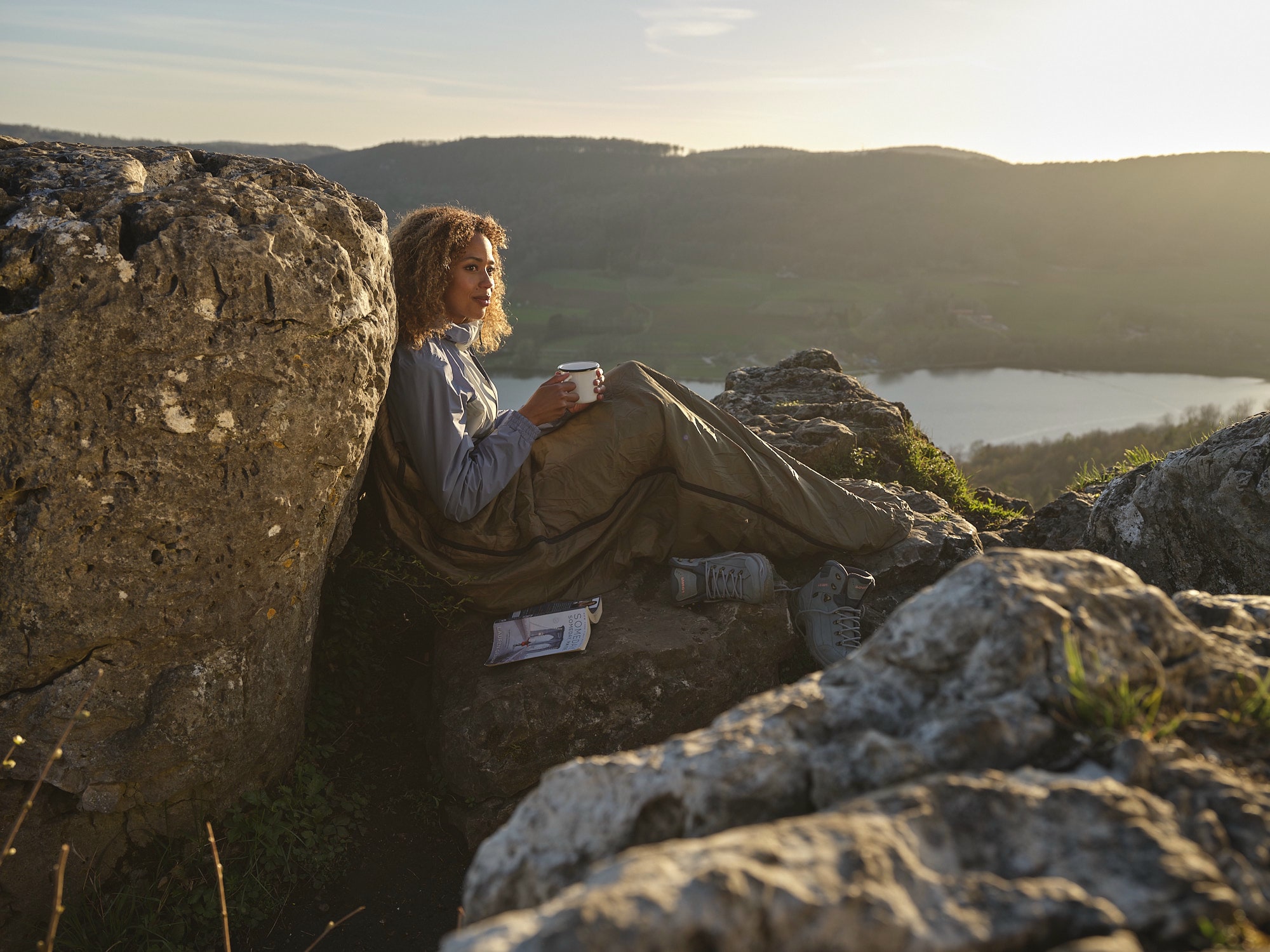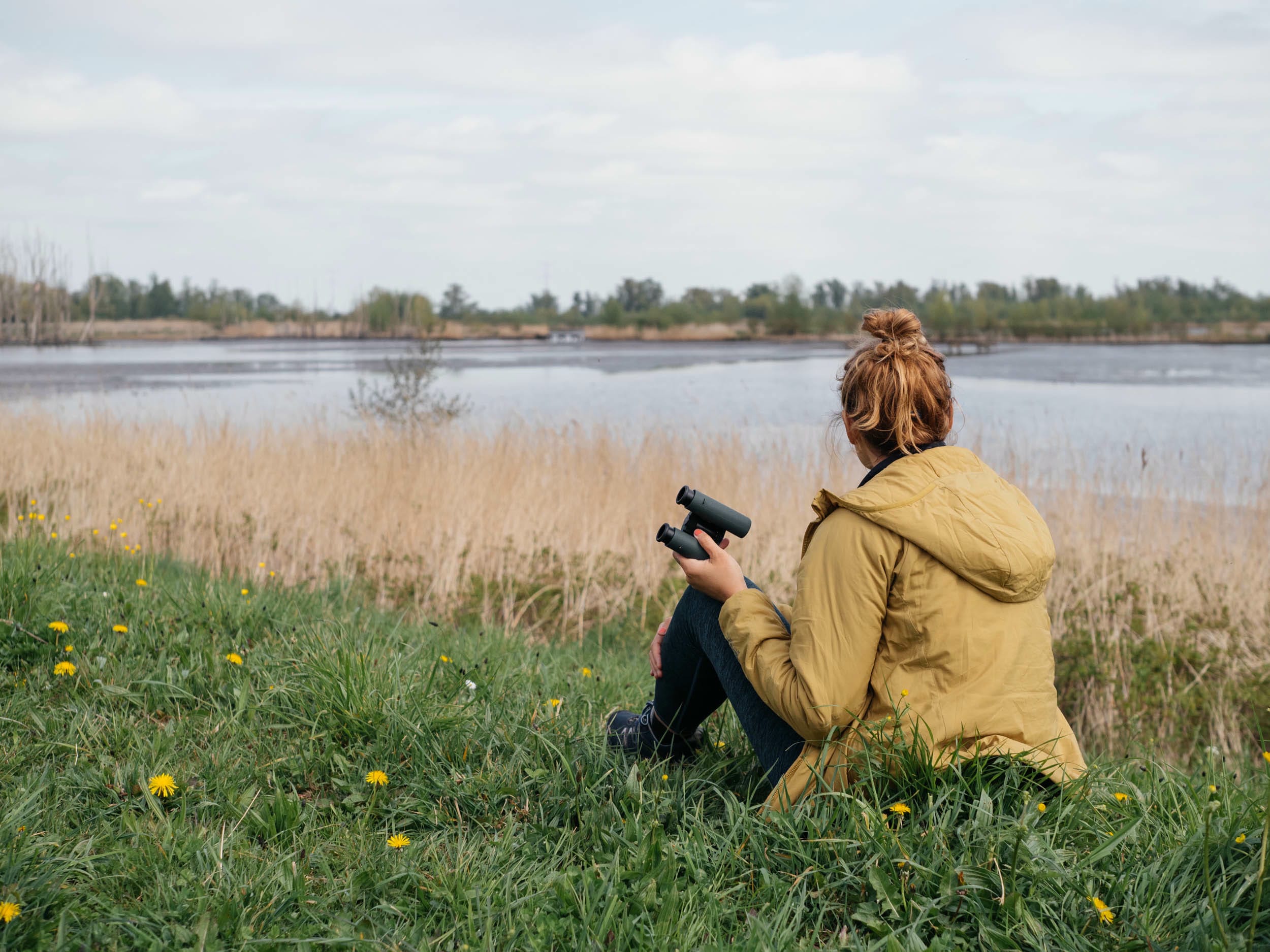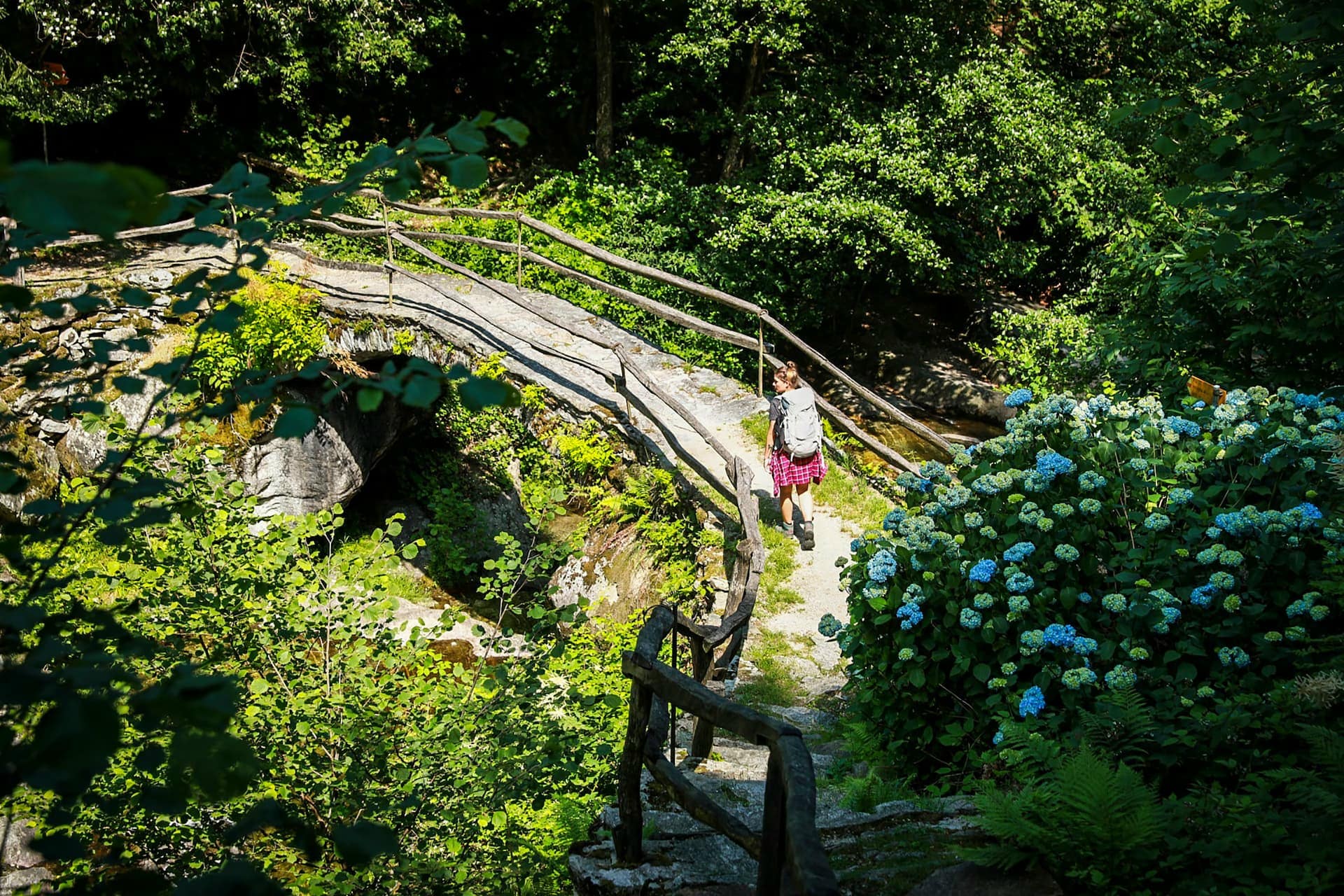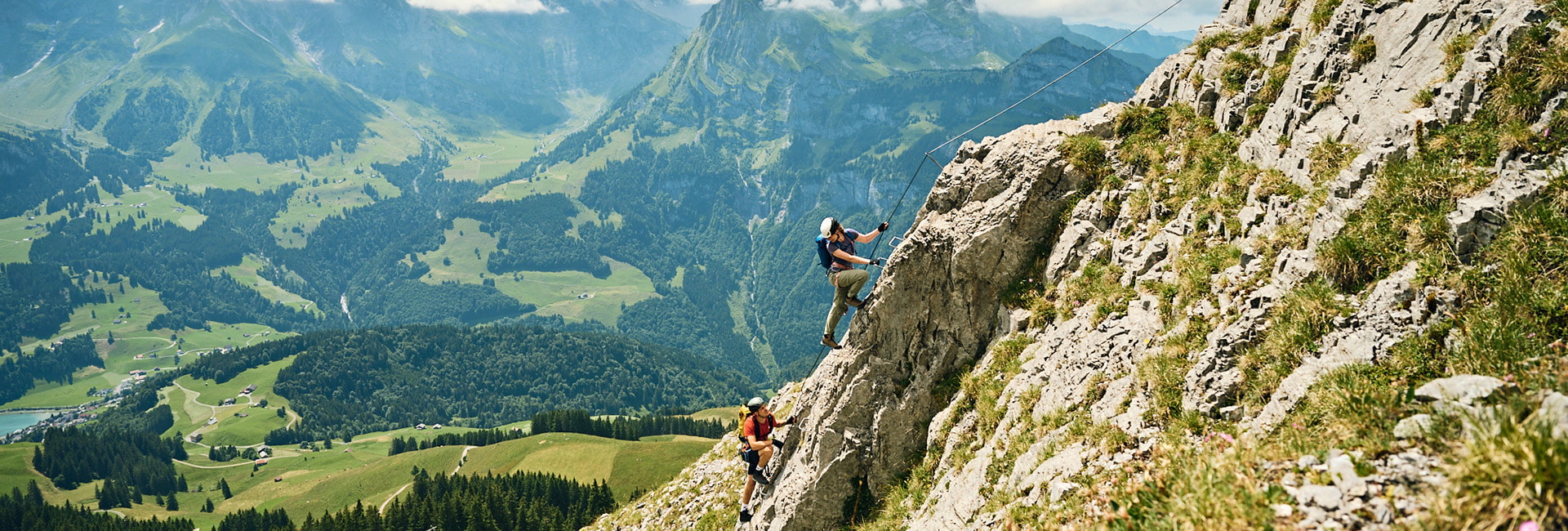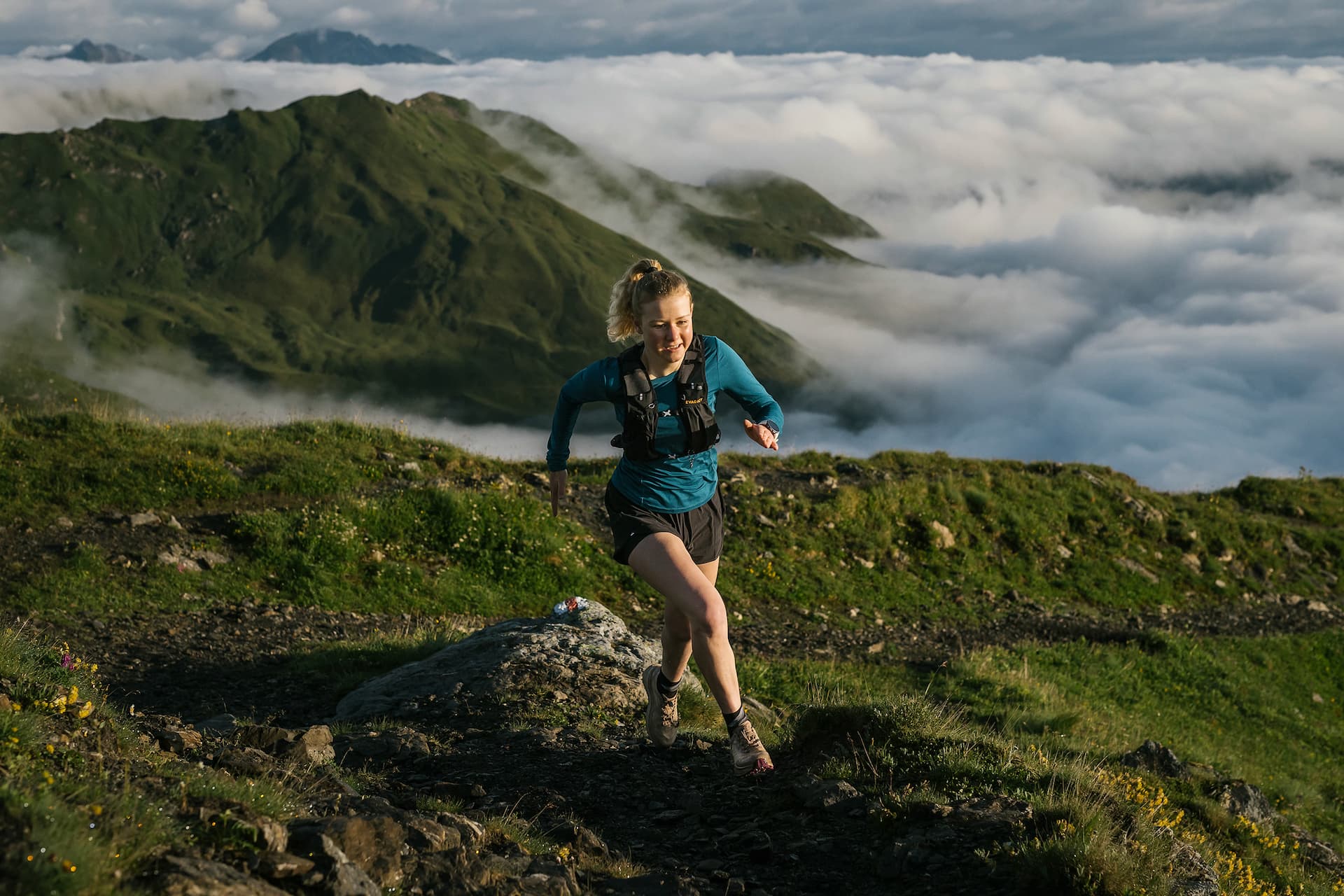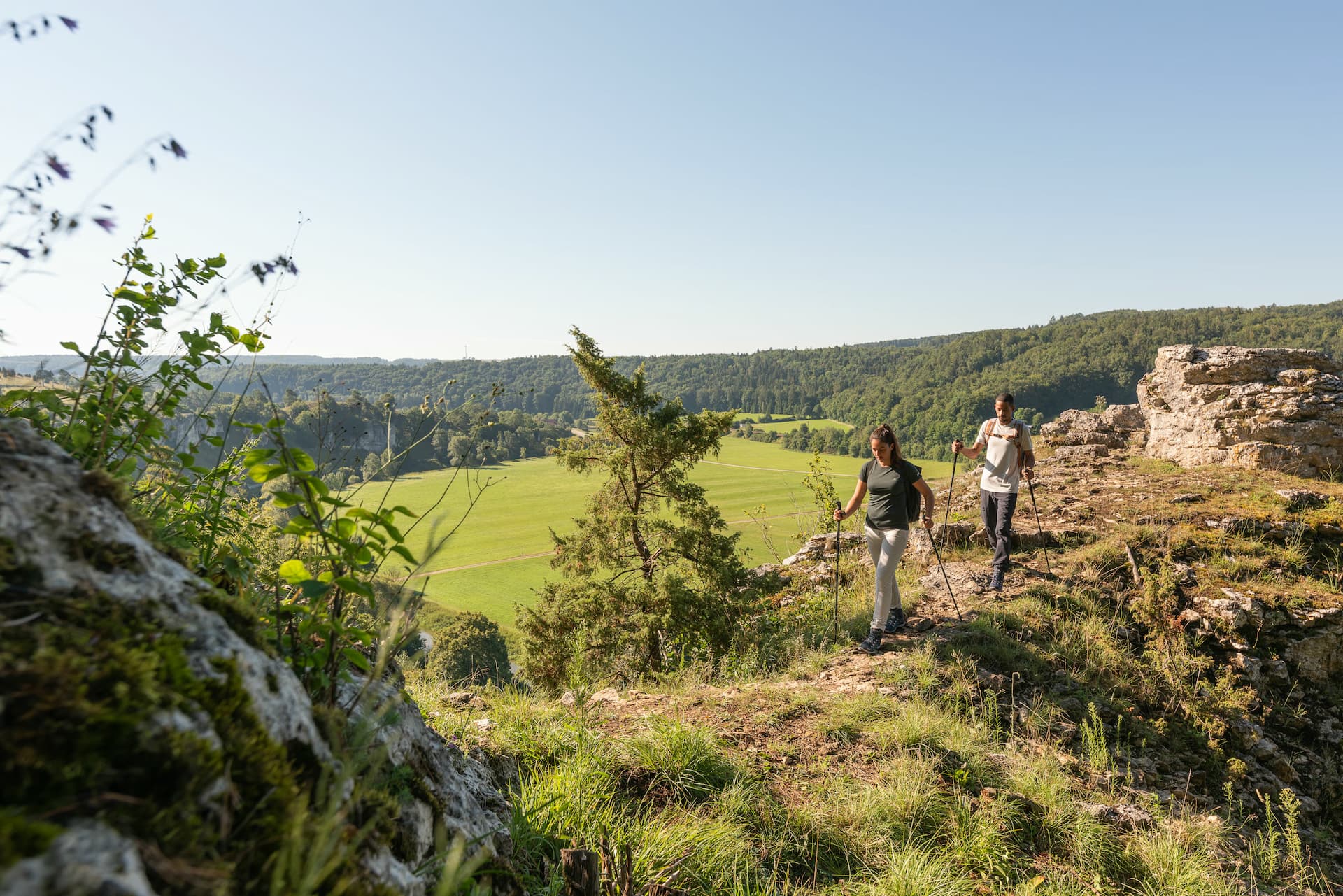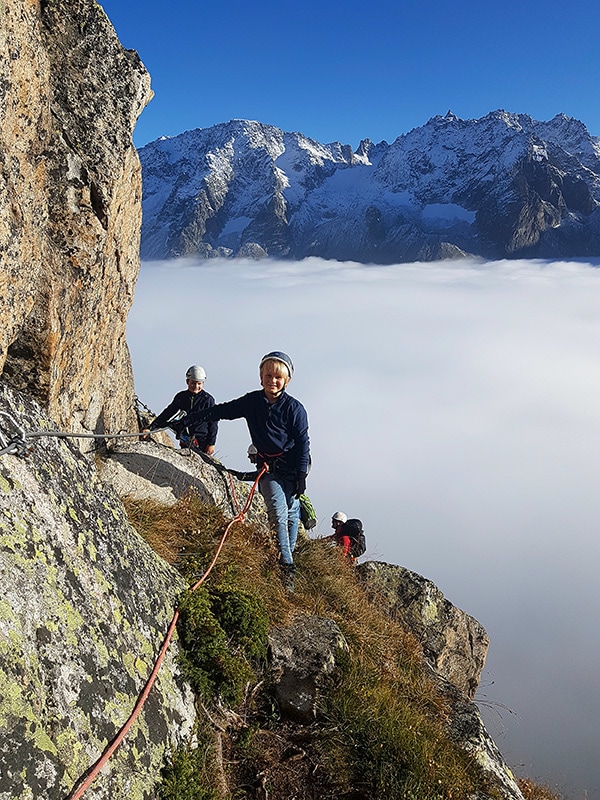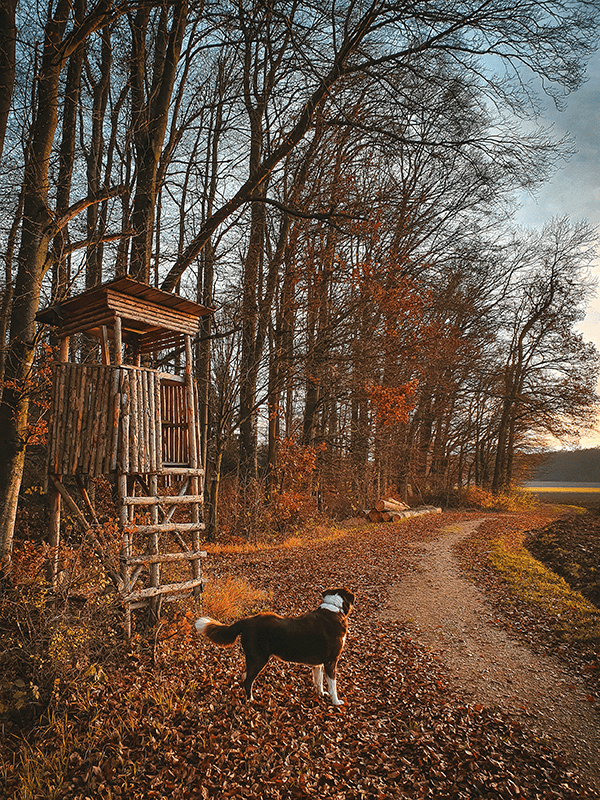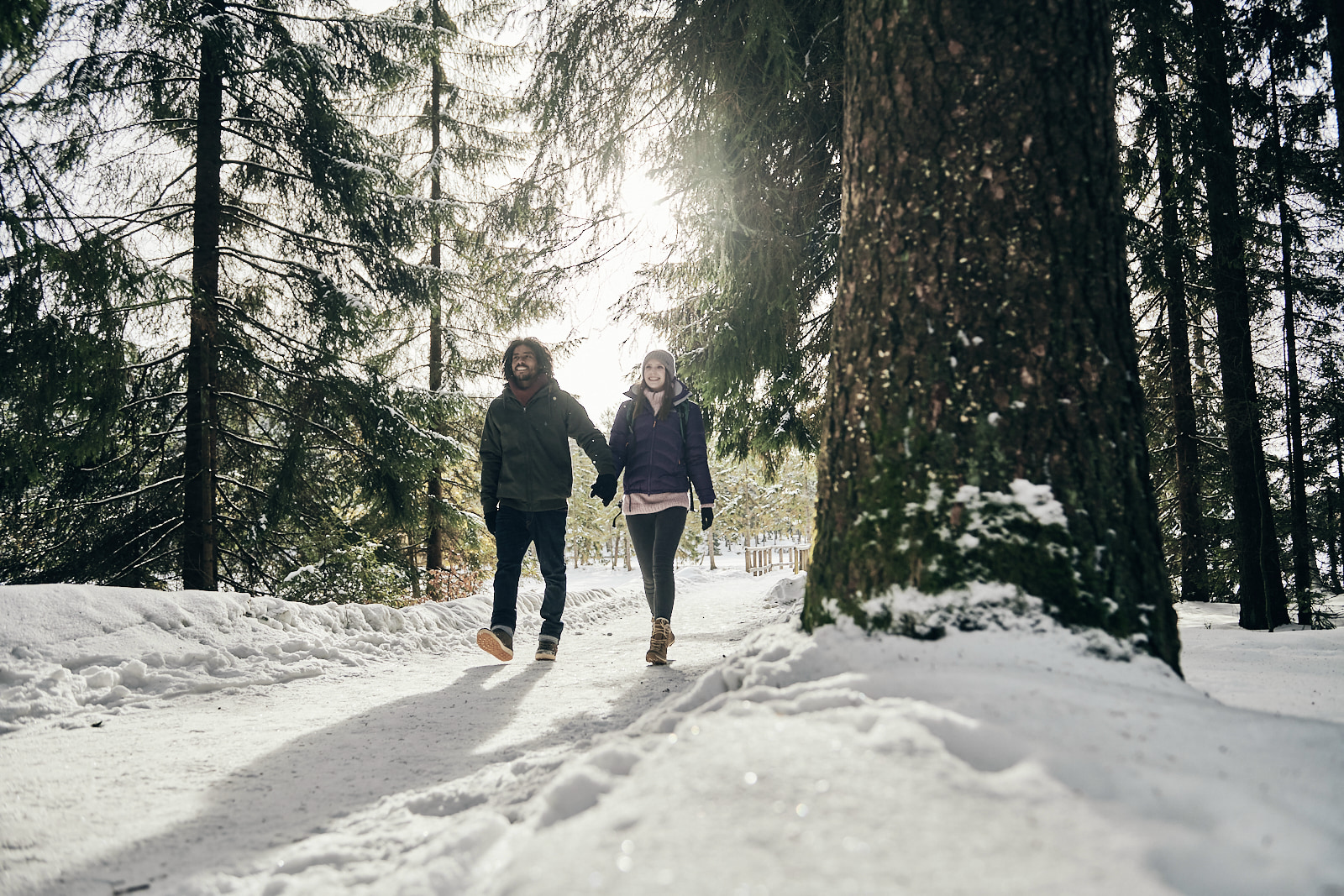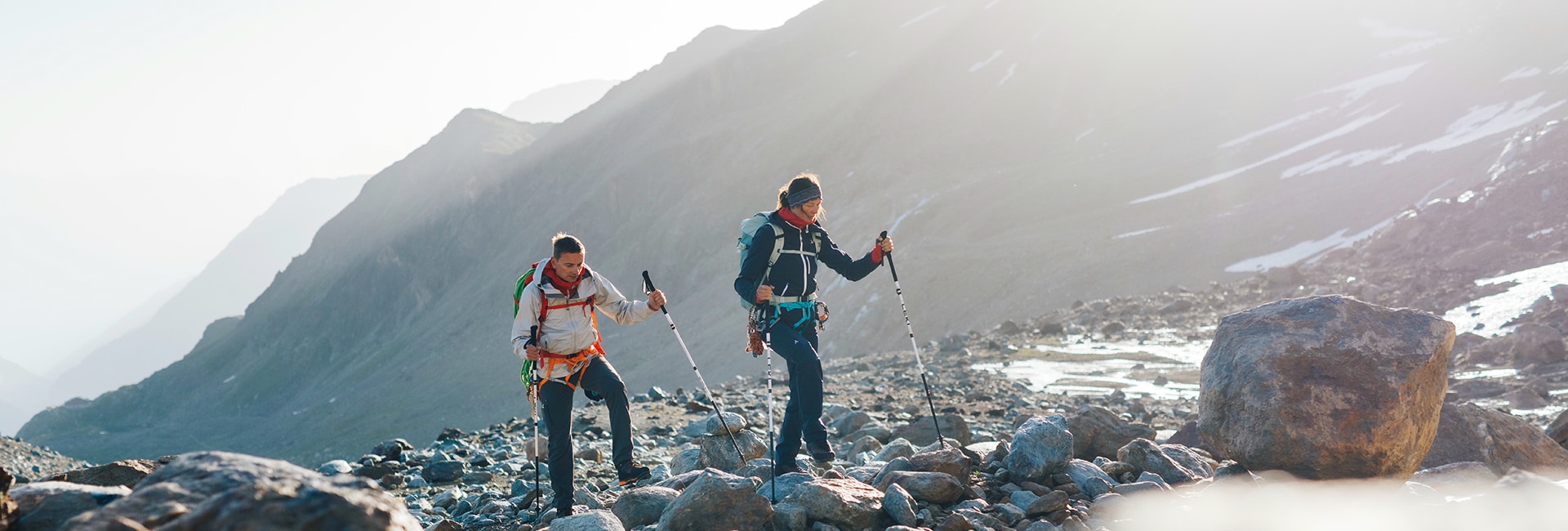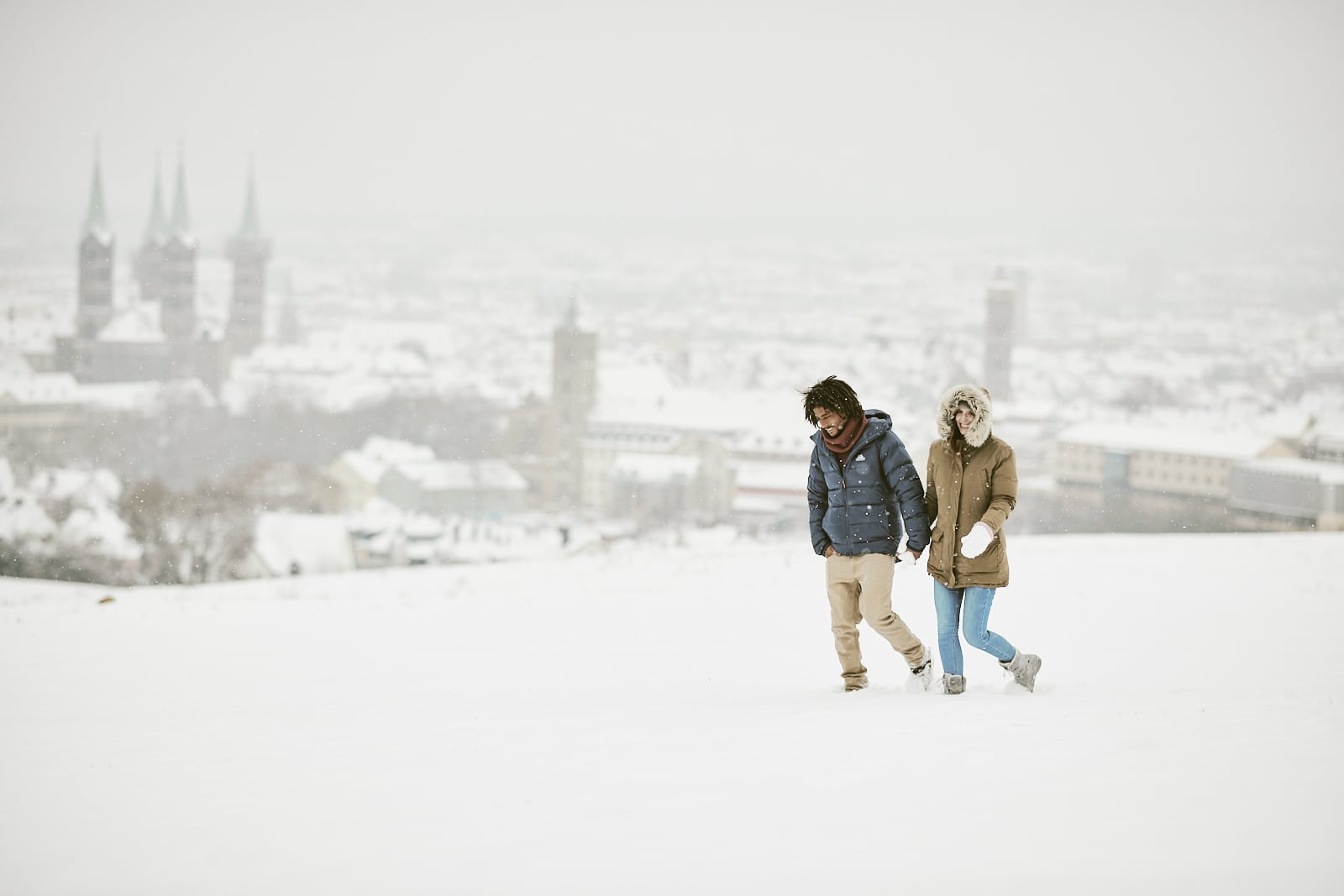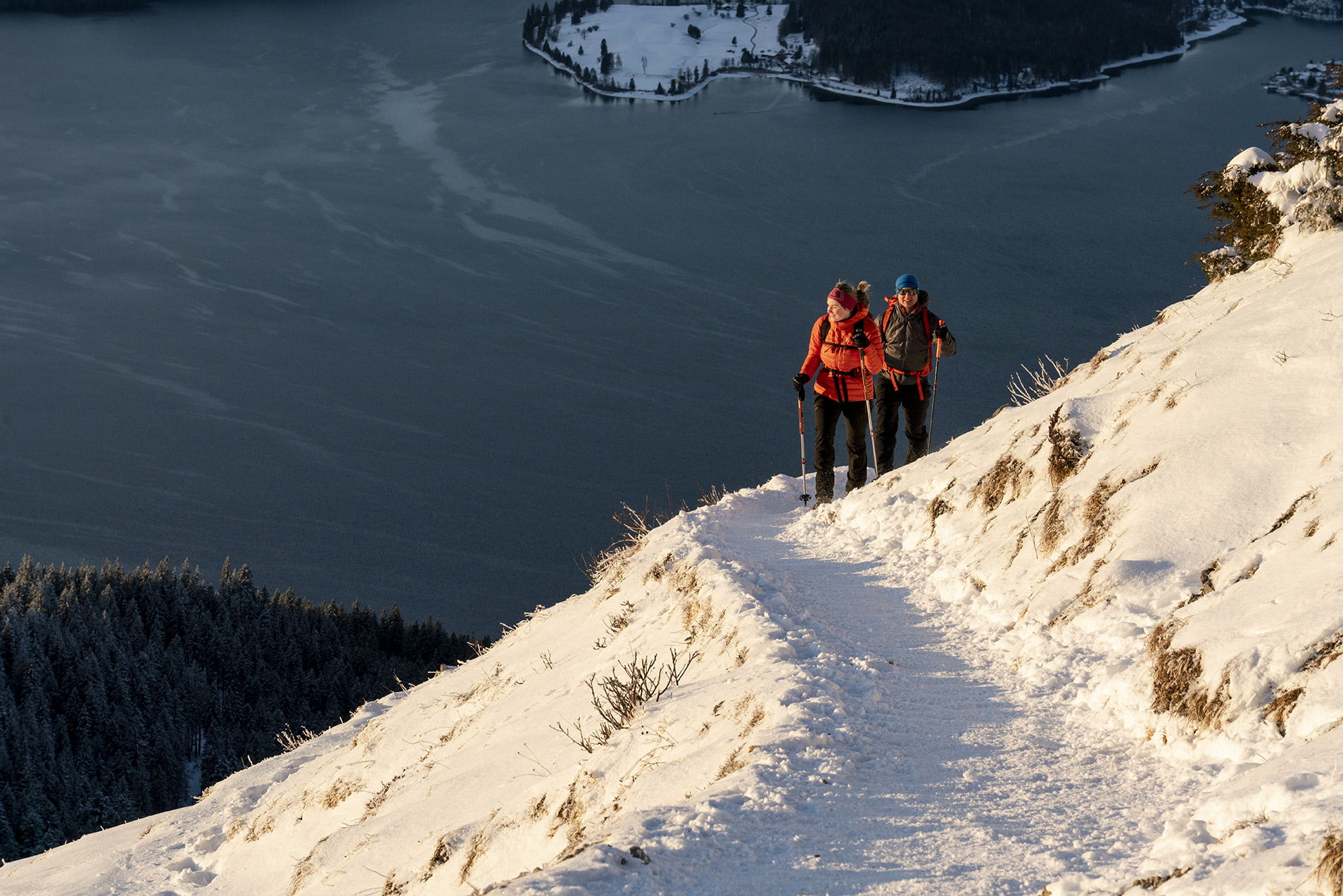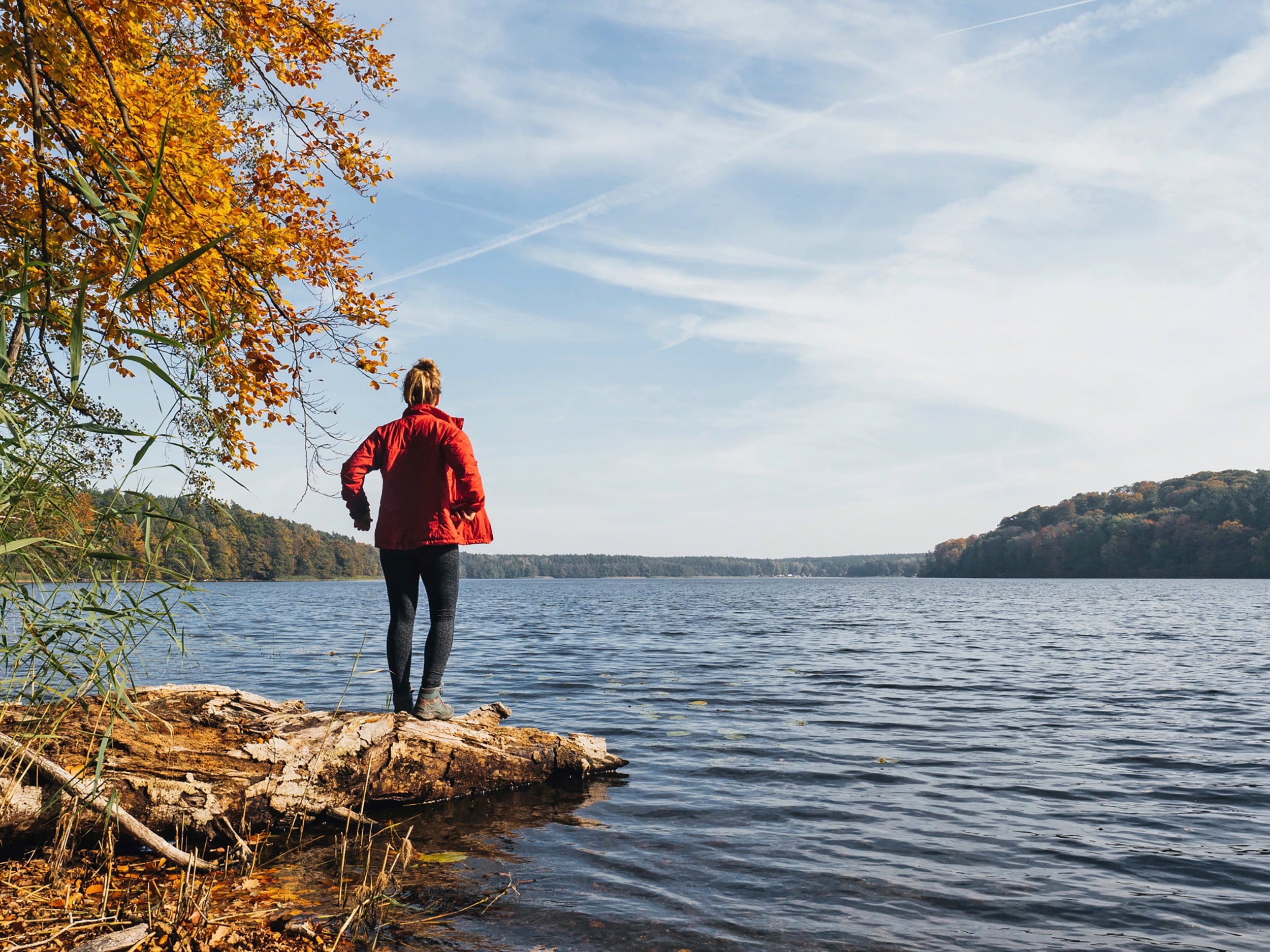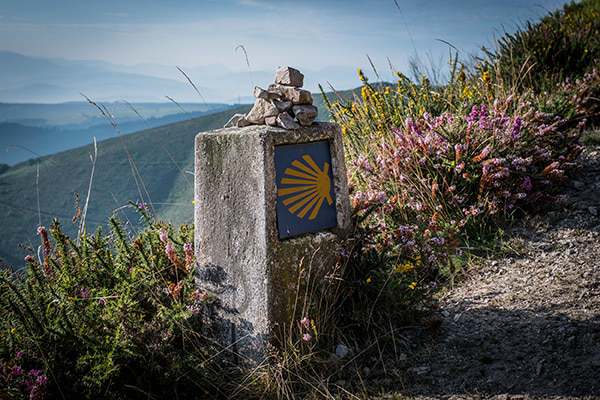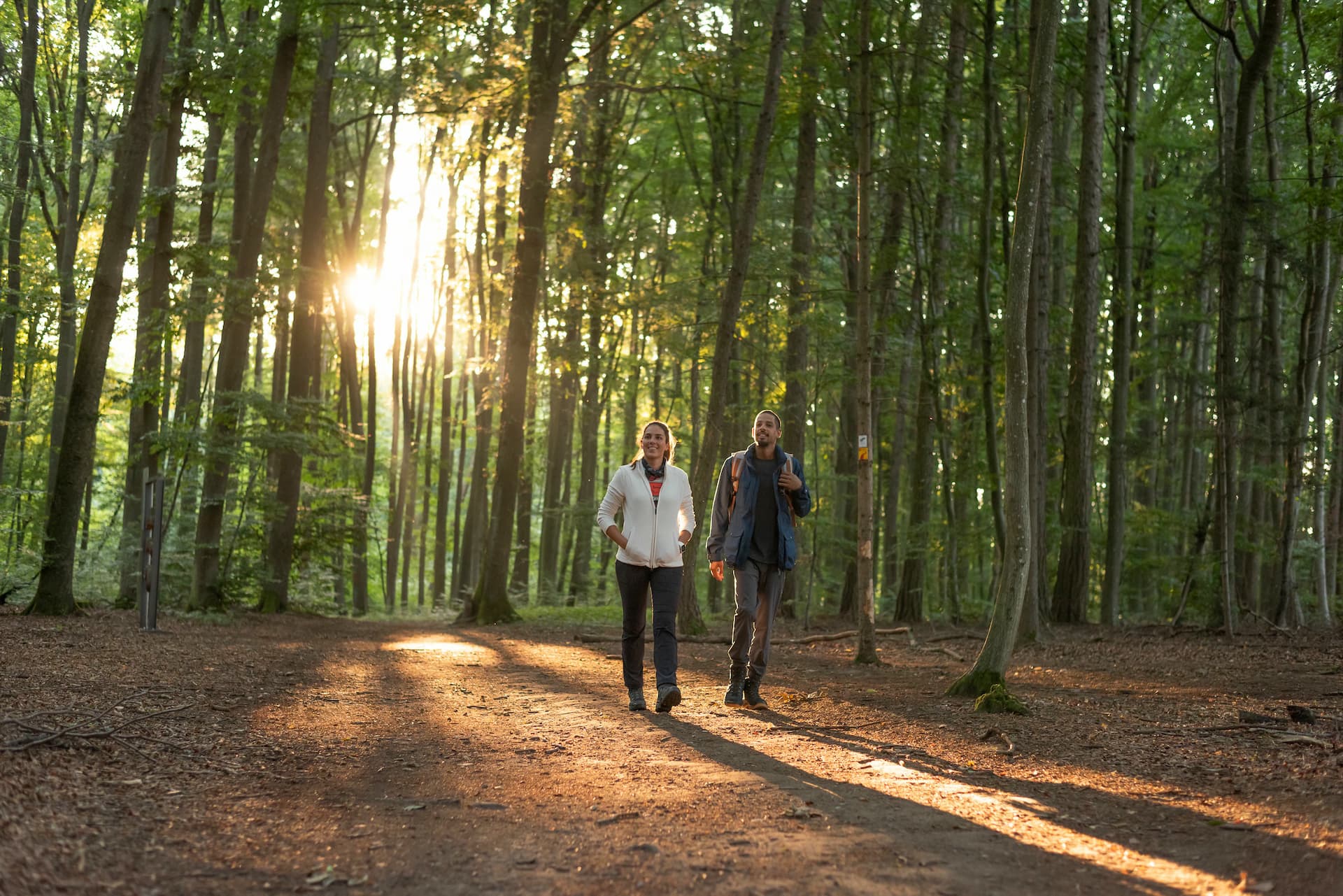MICHA, WHY DID YOU APPROACH LOWA TO DEVELOP A HIKING BOOT FOR CHILDREN TOGETHER?
I wasn't satisfied with any of the shoes on the market at the time (2016). The children's hiking boots were too hard. However, I didn't want to wear the alternative, a low shoe, with my children on our hikes. This can really ruin your holiday, as children can easily twist their ankles. During one of our hiking holidays, I observed my children and their hiking behaviour closely. From this, I developed a worklist and knocked on LOWA's door with it.
WHAT POINTS WERE ON THIS LIST, OR TO PUT IT ANOTHER WAY: WHAT CRITERIA DO YOU THINK A GOOD CHILDREN'S HIKING BOOT SHOULD FULFIL?
Roughly speaking, a children's hiking boot needs a suitable sole, the children's toes need enough room and it needs a high shaft. The shoe also needs to be lightweight and waterproof.
The right sole: The sole construction of most of the children's hiking boots I had on hand was grossly wrong. Most shoes were very flexible in the longitudinal axis, but far too rigid in the transverse axis. If this is the case, the child's foot cannot roll properly. However, this is important because children still have much better rolling behaviour than adults.
Space for the toes: Children's toes need space. Hiking boots that are too narrow in the toe area are unsuitable for children, as little hikers tend to claw their toes. This is a reflex that is triggered in various movement situations and should be possible in every shoe.
High shaft: Even if parents sometimes struggle with the idea of a high shaft in shoes for their children, a good ankle fit or ankle support is a must for hikes. Children can easily twist their ankles and additional support from a shaft contributes significantly to safety on the mountain.
